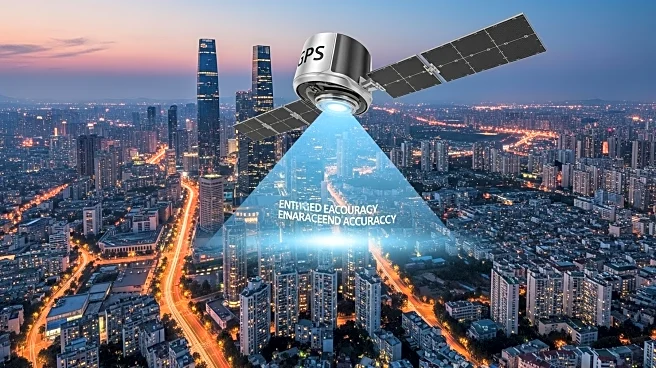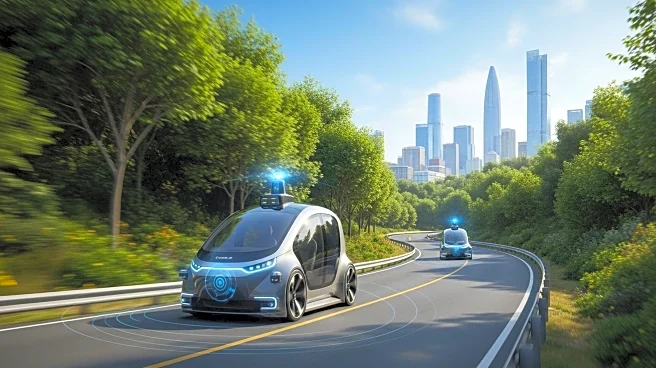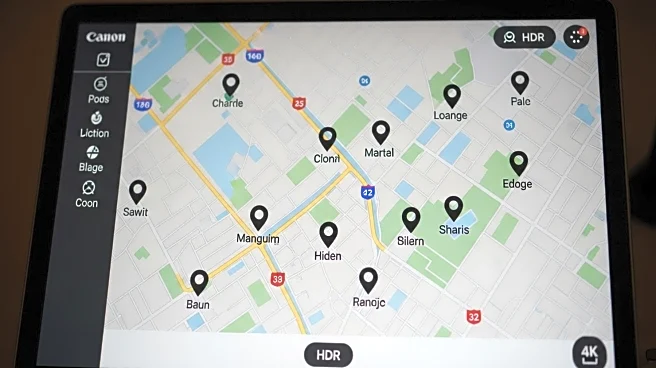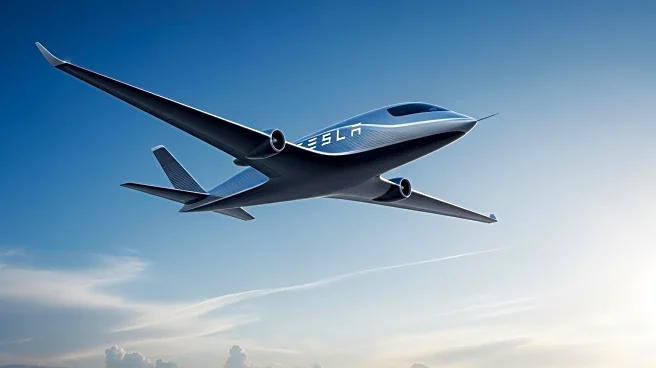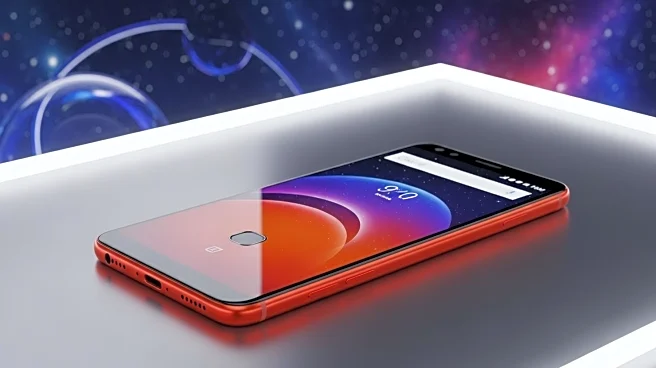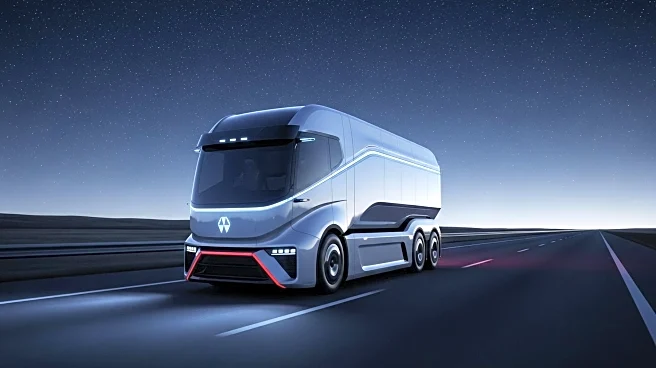What is the story about?
What's Happening?
Researchers at the Norwegian University of Science and Technology have developed a method to significantly improve the accuracy of GPS receivers in urban environments. This advancement addresses the common issue of 'urban canyons,' where GPS signals are disrupted by tall buildings, causing navigation errors. The new technique, known as 'phase-only positioning,' discards the scrambled code in GPS signals and focuses on the carrier wave, which is less affected by reflections. This method, combined with data from 3D building models and satellite corrections, has shown to increase GPS accuracy from 3% to 58% for consumer devices and 78% for professional equipment in challenging urban conditions.
Why It's Important?
The improvement in GPS accuracy has significant implications for the viability of autonomous vehicles in urban areas, where precise navigation is crucial. Current GPS systems struggle in cities due to signal interference from buildings, posing a challenge for technologies reliant on accurate positioning. The Norwegian team's solution could reduce the need for expensive equipment and dense networks of ground stations, making precise GPS more accessible. This development could benefit various industries, including transportation, logistics, and emerging technologies like delivery drones and augmented reality, by providing more reliable navigation solutions in urban settings.
What's Next?
The next steps involve the potential adoption of this technology by manufacturers. The researchers have made their SmartNav positioning engine available as a research tool, but its commercial implementation depends on industry uptake. As GPS-dependent technologies continue to grow, the demand for solutions to urban navigation challenges is likely to increase. The technology's success in improving GPS accuracy could lead to its integration into existing consumer devices through software updates, enhancing the functionality of smartphones and other GPS-enabled gadgets.
Beyond the Headlines
This advancement highlights the importance of software innovation over hardware in solving complex navigation problems. The research suggests that smart software solutions can outperform expensive hardware in challenging environments, potentially accelerating the adoption of precise GPS technology. This shift could democratize access to high-accuracy navigation, enabling broader applications and innovations in urban settings.
AI Generated Content
Do you find this article useful?
